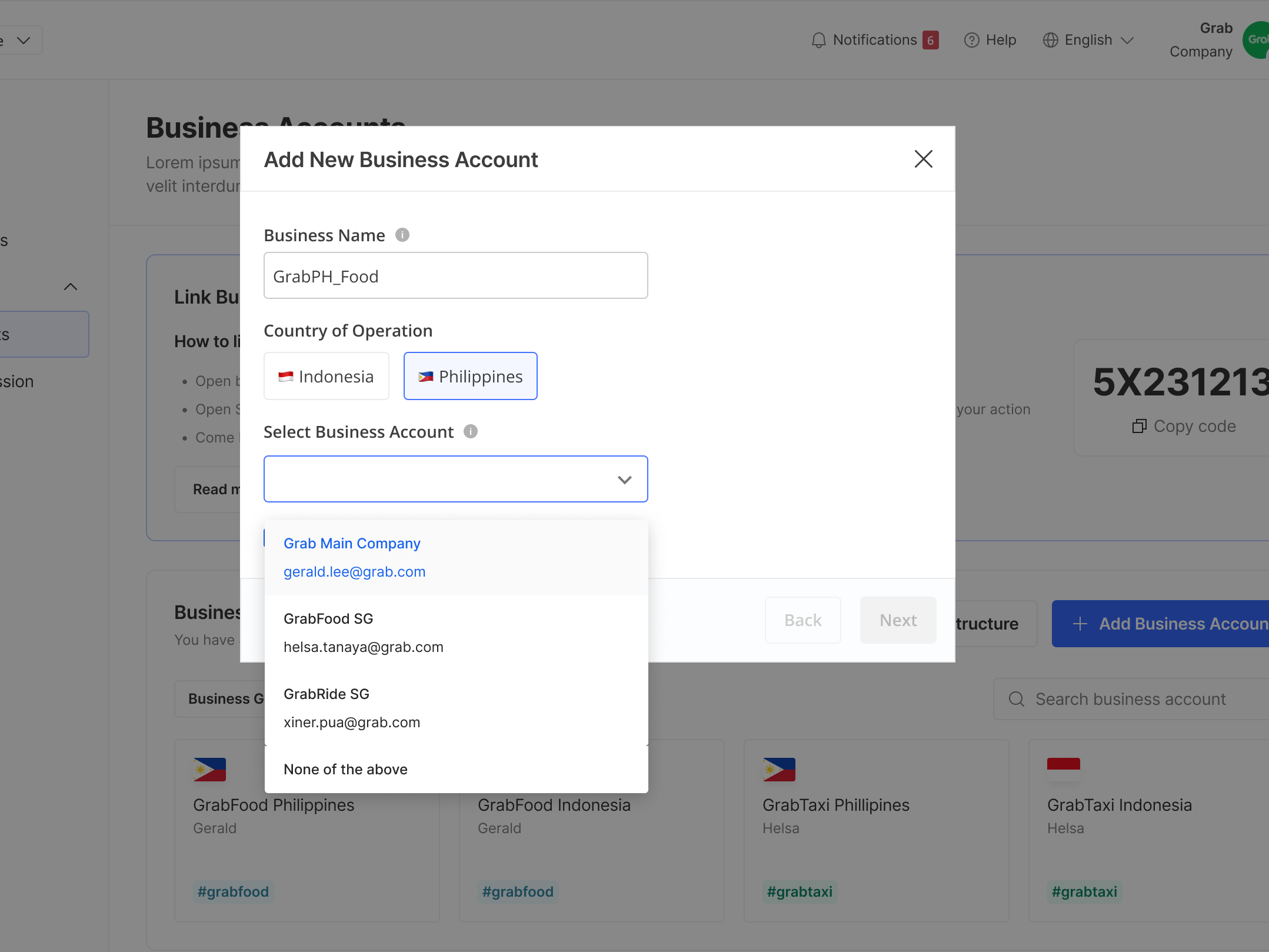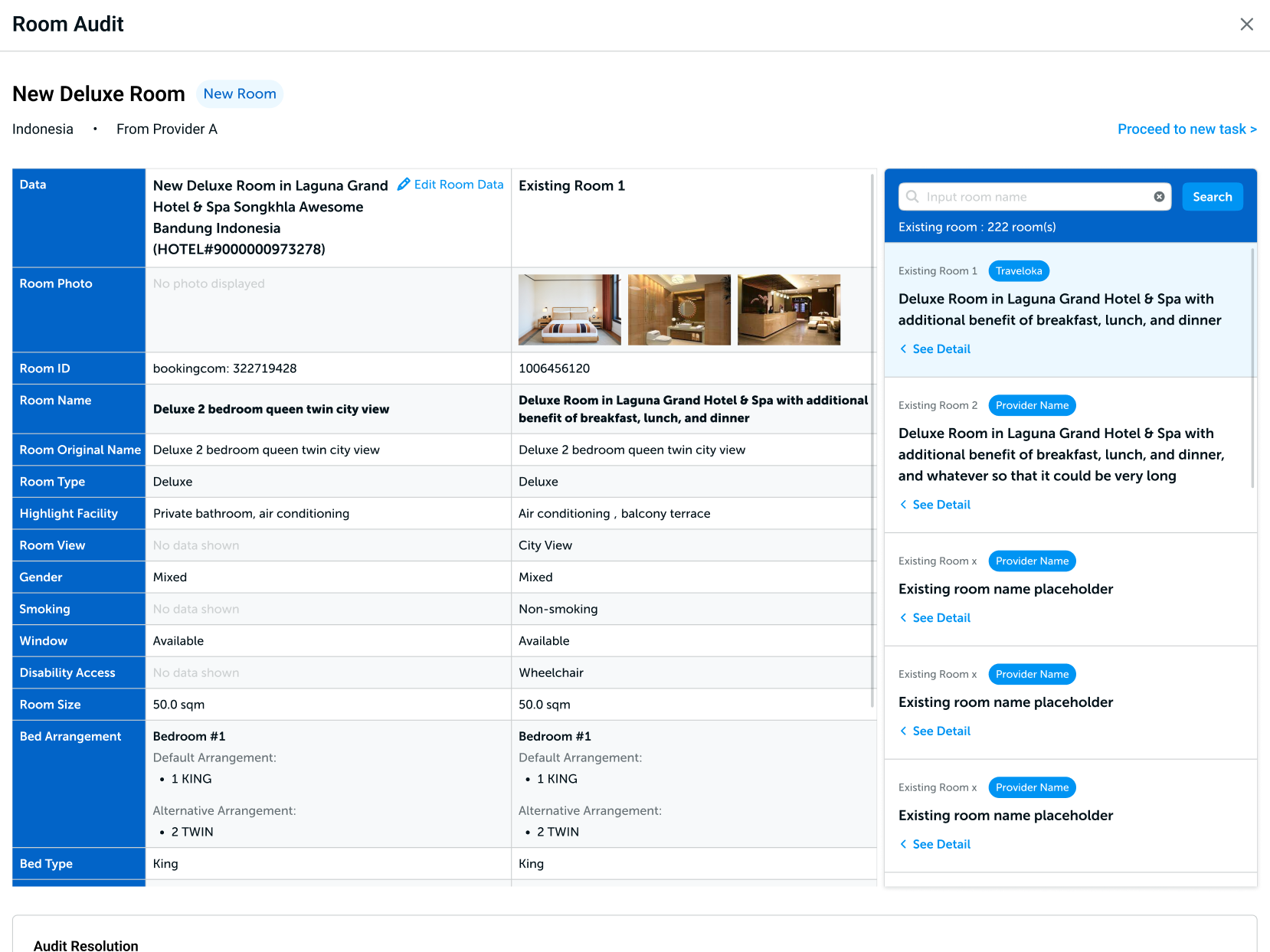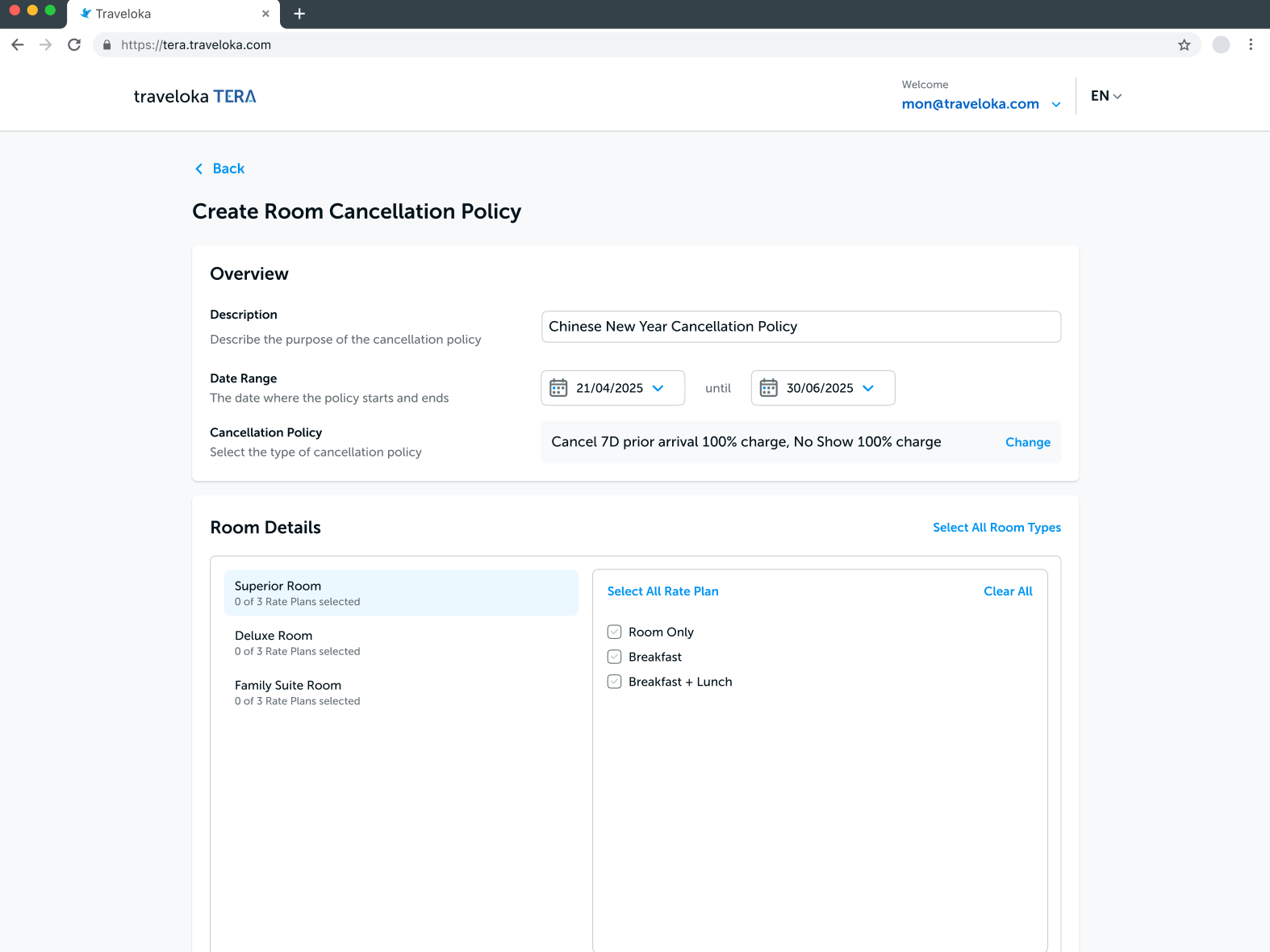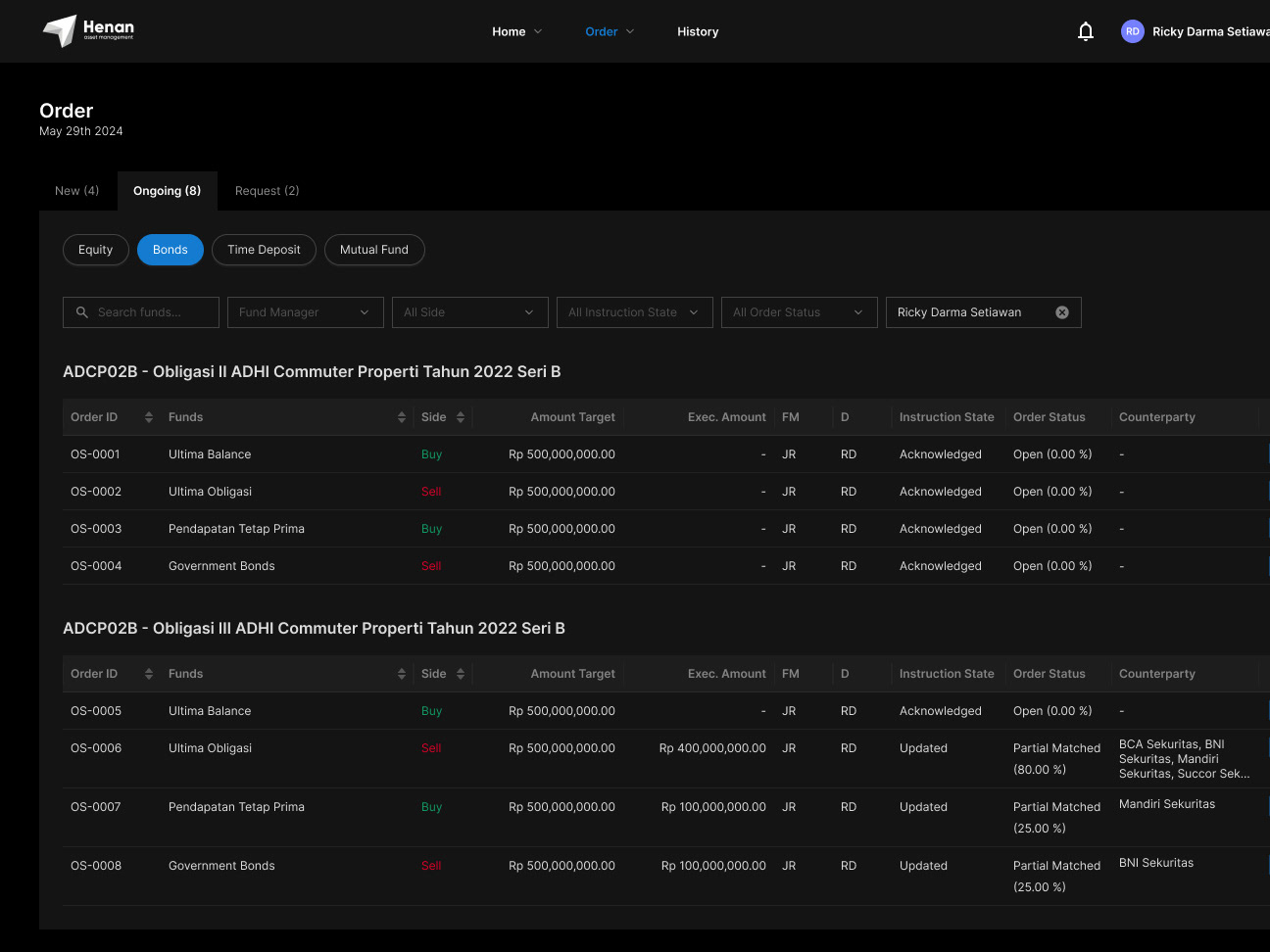Project Background
This project focuses on the creation of a digital banking app that is paired with a financial management experience (FMA) to acquire new customers and increase Amar Bank's third party funding.
As the Product Designer, I worked across two major streams:
1. Designing the banking onboarding flow (account creation, KYC)
2. Providing design directions to tailor a white-label financial management app to fit Indonesian user behaviors, financial literacy, and market expectations.
Role: Product Designer
Scope: UX Strategy, Visual Design
Time: 3 months
Background Context
Amar Bank had become widely known for Tunaiku, its high-growth digital lending product.
However, the bank’s loan-to-deposit ratio grew increasingly unbalanced as loans expanded faster than deposits.
To operate sustainably and support continued lending growth, Amar Bank needed to:
1. Strengthen its funding portfolio
2. Increase retail savings deposits
3. Build brand relevance in consumer financial services
Strategic Direction
Because Amar Bank lacked strong brand reputation compared other major banks, a conventional savings product alone would not attract users.
The solution was to introduce a value-added service (VAS) that provides immediate personal benefit and becomes the behavioral anchor for retention.
This VAS took the form of a Financial Management App (FMA), that serves as the front door to savings account creation funnel.
Users would first engage with their spending insights, then be guided naturally toward opening a savings account to fund their goals.
Delivery Constraints
Problems
Research
To come up with the right design strategy, we need to research and identify our early adopter segment, as well as their needs and behavior pattern in banking and financial management.
Our UX researcher led this process by conducting desk research, surveys and in-depth interviews. The outcome of this process is to:
• identify the essential features for our banking and FMA MVP (minimum viable product)
• shape our approach in the localization of the FMA experience
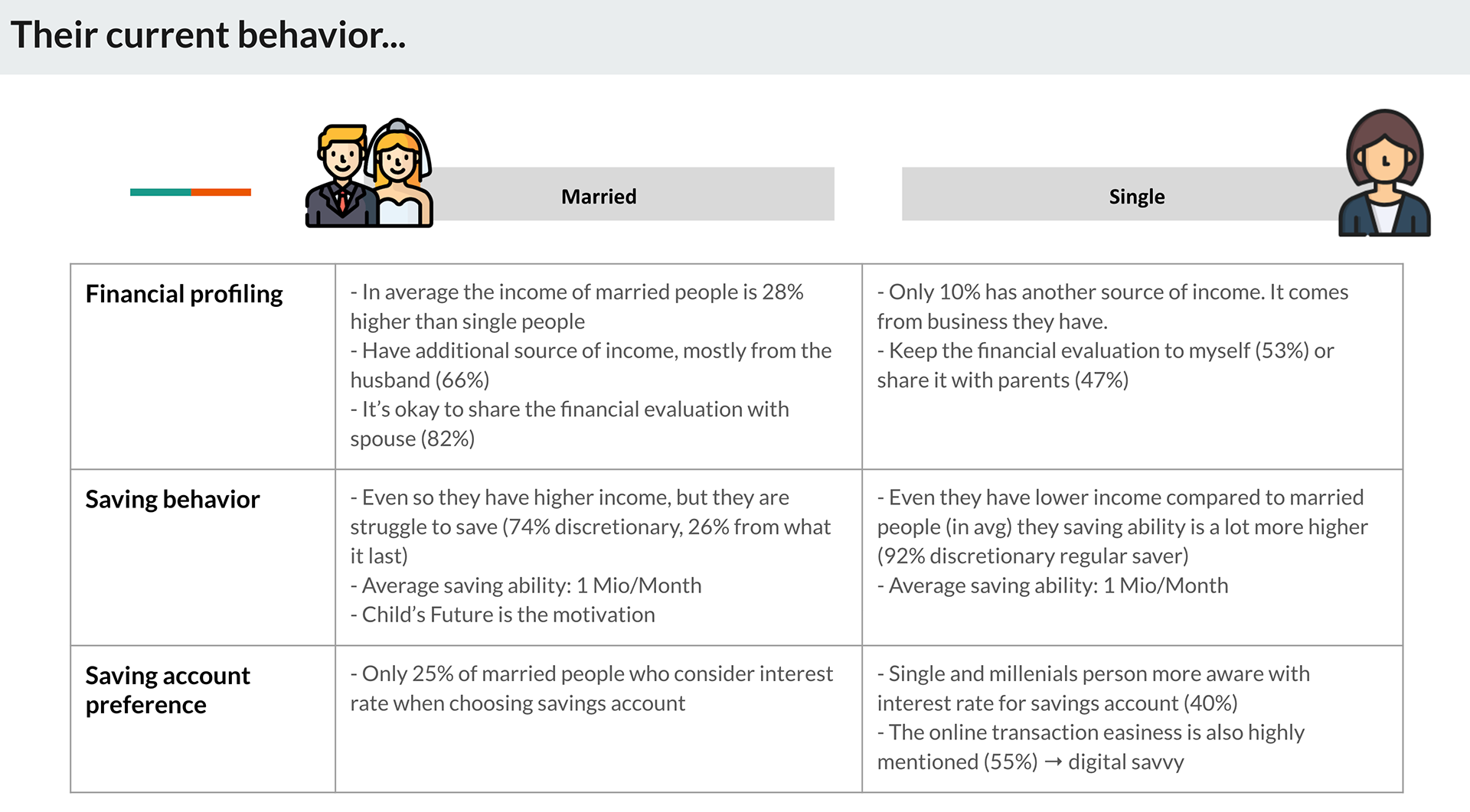

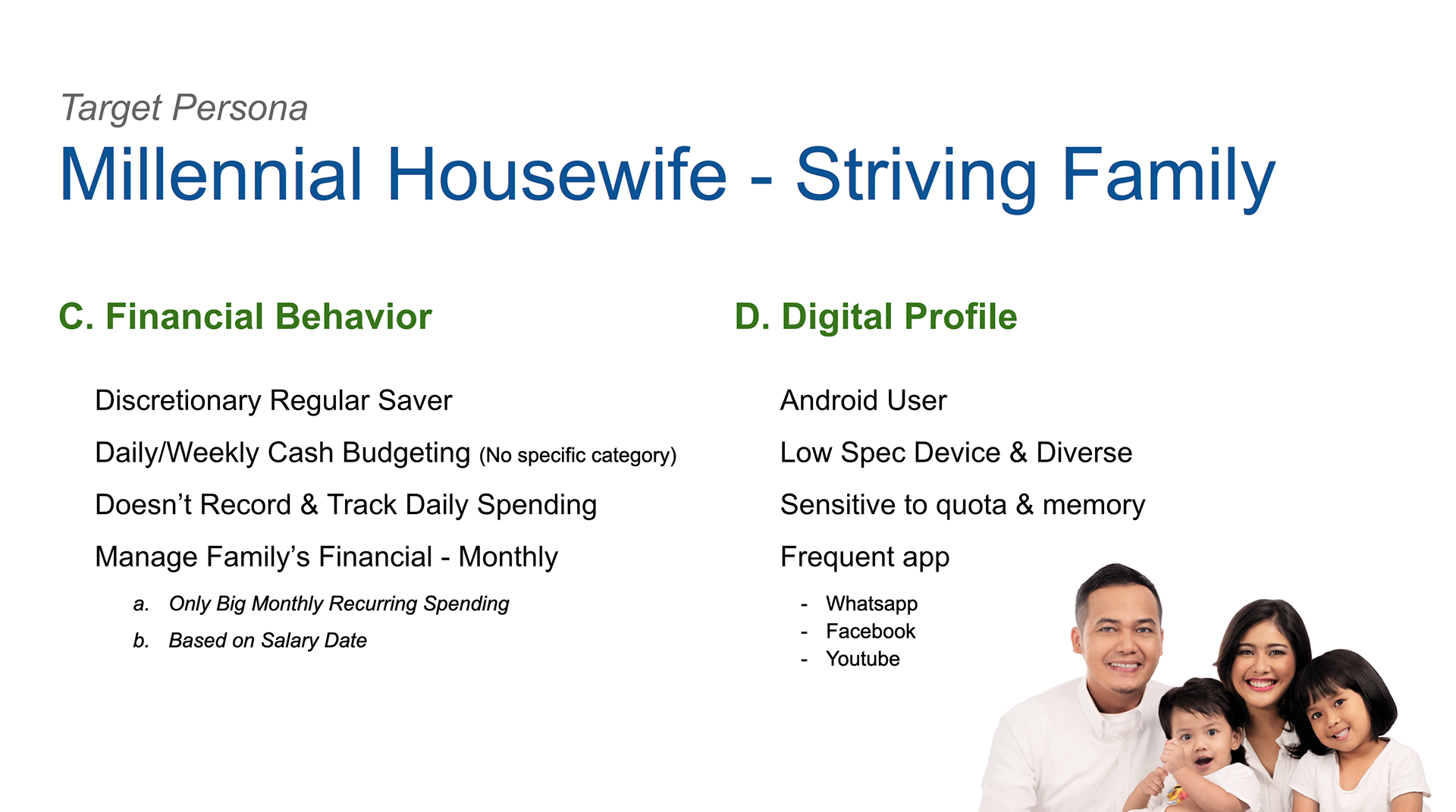

Profile of Early Adopter
• Urban millennials, especially the married ones, is our primary segment as they have a stronger predisposition to save and manage their finance regularly.
Banking and Financial Management Behavior
• Indonesian millennials want a seamless banking experience that allows them to transact easily across different payment methods.
• Given their low financial literacy, this user segment prefers a simple financial management to evaluate whether their spending behavior is still on track with their budget target.
• They're not interested in more sophisticated analytics to track their asset growth or analyze how their spending affects their credit score, etc.
The insights helped in shaping our product experience:
• Design a seamless account creation and KYC experience (while also complying to regulatory and operational needs)
• Simplifying the financial management app to match with Indonesian customers' behavior and mental model
Design Strategy
To meet the tight timeline, I took a practical approach in shaping the end-to-end product journey. These are key pillars used in our design process:
Use the same visual language to create a cohesive, consistent user experience across all touch points
• Given that this prototype will be redesigned at a later phase, I created a temporary mini design system that is derived from Moven's app and Amar Bank's branding identity.
• The color scheme and typography hierarchy serve as the visual elements that tie the account creation flow and FMA experience together.
• However, we also worked with a branding agency (Biro) to craft the visual language for the future Senyumku app.
Phase 1.0 Visual Language
Phase 2.0 Visual Language
Craft an approachable brand persona and compelling narrative tailored to our key demographics
• To distinguish our products in a saturated market, I shared the research insights to Biro and gave directions on the brand persona and narrative angles they could employ to craft their strategy – while also giving them space to experiment.
• I advised them to create a brand persona that evokes the image of a trusted advisor who's reliable, wise and approachable. This is to demystify Indonesian millennials' fear and intimidating image of financial products.
Initial Brand Direction
Final Brand Concept
Localize FMA to Match Indonesian Experience
Despite the limit of customization, we managed to make adjustment to the FMA:
• Translate the fraction of thousand and millions of rupiah into typical abbreviations commonly found in banking app
• Increase color contrast to increase readability and accessibility – critical, given the common type of mobile phone that Indonesians have (low resolutions and small devices)
• Removal of advanced analytics and only maintain insights that are relevant to building healthy spending habits (e.g show highest spending category, overspending entries, etc)
• Provide entry points to account creation on the digital stash
Create a seamless onboarding journey and a reliable support system
As our prototype focuses on account creation and KYC (no transaction features), we need to win customer's trust by providing them:
• a frictionless and intuitive onboarding flow that's also connected to card delivery process (showing the legitimacy of our banking product);
• and a support system with a robust help center and access to our call center that answers their concerns and needs.
Architecture
The scheme below shows the relationship between the products – Senyumku digital banking app and Moven's financial management app.
Once users register, they can also access FAQ page to find information to common questions and contact details to Amar Bank's customer service center. This enables them to get support while waiting for their bank account opening.
Key Flows
Registration – Account Verification Based on Contact Number
We utilized ID verification in the first step of registration to check the validity of user's contact number and to cross-check with Amar Bank's customer database to see if they are a registered Amar Bank customer. If they are, user can jump straight into the “Debit Card Delivery Address” flow.
Eligibility Form – Lead Quality Assessment Before Account Creation
We also reduced the needs for registration steps by assessing their eligibility beforehand. By requiring user to fill their residential address, occupation, and source of income, we can determine whether they live within our area of service, and match our risk criteria.
If they match both criteria, then they can proceed to the card delivery address section.
Card Delivery Address – Tailoring Steps to User's Mental Model
We pre-filled the delivery address to be the same as the address stated in user's ID card. This design choice is based on a behavioral pattern noticed in Tunaiku, where the majority of customers used the address on their ID card for their loan contract.
However, we added a primer step where we introduced the bank card before asking their delivery address. This is to re-contextualize user's mental model as our testing revealed that many of them thought the purpose of this address is for loan contract delivery.
KYC – Leverage OCR and Live Check-in to Streamline Process
We streamlined the KYC process by:
• automating ID data collection via ID card photo submission (using the integration of Optical Character Recognition and Machine Learning)
• and requiring users to have a live call with our operation staff (to check their identity and matching it with the ID submission)
If all of their data matches, then within 3 business days, their bank account is created and they will be onboarded to the FMA app.
Help Center – Support Customer at any Stage
We also provided a Help Center section to answers the potential questions that may arise during account opening and KYC process (e.g the accessibility of app's features during account opening, account book availability, account freeze, etc).
To improve content search-ability, information is categorized based on topic, and we provide auto-suggestion on the search field.
Visual Examples
Below are some of the mockups created for the account creation flow and Help Center. Given that Help Center is hosted on the same website as Tunaiku, we had to rebrand it as "Tunaiku's Savings Account" to place it as part of Tunaiku's ecosystem. This would be corrected in the future phase (once Senyumku has its own website).
Outcome
The launch of this product led to business outcomes such as:
Increase of third-party funding and retail customers acquisition
This product allows Amar Bank to acquire new customers more quickly, which gave a fresh injection of funding to the retail lending as well.
A shift of Indonesian customers' brand perception of Amar Bank – from lending to a more holistic financial service provider.
As Senyumku's marketing rolled out to introduce this product, there was a growing interest in Indonesian millennials to open new savings accounts in Amar Bank. However, it would require more development and engagement strategies to retain them.
Key Learnings
Alignment with multiple third-parties and stakeholders brought a new challenge to the delivery of this project.
• I learned to identify the constraints of each parties and made pragmatic decisions based on the highest priority of this project: delivering a functional prototype that meets industry regulation and operational requirements.
• This requires ruthless prioritization – in terms of knowing which features and design decisions that can be included in the scope, and balancing both user and business goals carefully – to deliver target on time.
Learning product strategy, specifically how to introduce VAS (value-added service) offering to increase product adoption while also complying to financial regulation.
• This is the first time I learned how a product can be built on top of another – in order to attract new customers.
• While this became a challenge on the design process, it helped me to think design and products in a more systemic manner.
